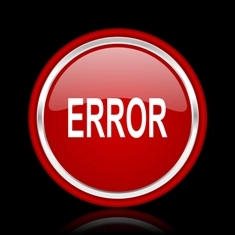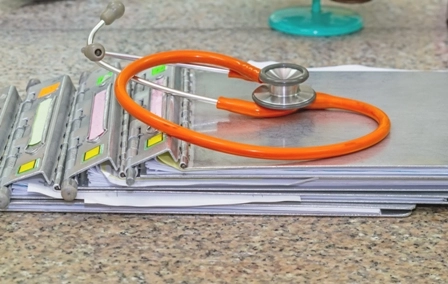Insurance Cheat Sheets Can Be a Practice Life Saver

Make these for your top five most frequently-submitted codes to save time down the road.
Although you probably have a dog-eared copy of the latest CPT® manual on your desk, chances are strong that you have a few codes committed to memory and don’t need to look them up in your books. But when it comes to the nuances that each insurer requires for those services, that’s when things get tricky.
That’s why it can be a good idea to create a practice “cheat sheet” in your office, which lists your most-often billed codes along with specifics about how to collect for those services from each individual insurer. Some practices might believe that this seems redundant—after all, Medicare publishes national coverage decisions (NCDs) outlining frequency guidelines and diagnosis codes to link to each procedure. The truth is, however, that not every payer has the same rules, and you may have to adjust each claim based on your insurer’s preference.
Case in point: Most Part B coders are well aware that Medicare won’t pay you for preventive E/M visits such as 99397 (Periodic comprehensive preventive medicine reevaluation and management of an individual including an age and gender appropriate history, examination, counseling/anticipatory guidance/risk factor reduction interventions, and the ordering of laboratory/diagnostic procedures, established patient; 65 years and older). CMS will, however, cover an annual wellness visit (G0438 and G0439) or a Welcome to Medicare exam (coded with G0402).
Other payers, such as United Healthcare, Empire Blue Cross/Blue Shield and many state Medicaid programs will reimburse you for 99397. Each insurer will have its own criteria for what they require to pay this service, such as applicable ICD-10 codes and required documentation. Keeping a list of these rules will save time when your practitioner performs these types of exams.
Make Your List
To allow your practice to run at the peak of efficiency, compile a list of the five most frequently-billed procedures that you perform and create a separate document for each of them. The document (whether on a spreadsheet or on paper) should list each insurer that you typically bill, along with that payer’s requirements for the code, as shown in the following example:
CODE: 96372 (Therapeutic, prophylactic, or diagnostic injection [specify substance or drug]; subcutaneous or intramuscular)
TRICARE: Requires a J code for the medication to be reported with the injection; if the patient brings the medication himself, report a $0 charge with the appropriate J code.
UNITED HEALTHCARE: Considers E/M inherent to injection. Only report separate E/M with modifier 25 if the E/M is completely unrelated to the injection. 99211 cannot be billed with 96372 in any circumstances.
MEDICARE: CCI prevents billing this code with diagnostic scopes such as 31231, so append modifier 59 (Distinct procedural service) to 96372 if you perform them as distinct and separate services, and retain documentation explaining the medically necessary reason for giving the injection.
Ask us: Email our editor, Torrey Kim, CPC (torreyk@codinginstitute.com) with your most-frequently billed CPT® code and we will run a sample “cheat sheet” of codes in a future issue of the Insider.




